#byzantine empire
Photo

Byzantine column from Hagia Sophia (Istanbul, Turkey)
#Hagia Sophia#Hellenismos#Byzantium#Byzantine empire#Greek orthodox#Orthodoxy#Christianity#Turkey#Istanbul#Constantinople#Architecture#church#byzantine architecture#photography
3K notes
·
View notes
Text
u/ChipHazardous:
"For a very long time the Roman empire was able to acquire silk through trade over 'the silk road' to China, but never able to unlock the secrets of producing it domestically themselves. Until 552AD, when two monks preaching in India then travelled to China, where they witnessed the guarded methods of using the live silk worm to spin the famous thread. Knowing the importance of what they'd learned, the monks returned to Constantinople to report directly to the emperor Justinian. He personally met the monks, heard all the details of what they'd seen, then asked them to return to China and find a way of smuggling these worms back to the empire. They agreed, and prepared for the 2 year ~6,500km (4,000mi) trek back to China on foot, hoof and wheel. Once back in China they acquired either eggs or young larvae, since the adults are too delicate for transport, and tucked them into hollowed bamboo canes for the long journey straight back home. Once the monks made it back to Constantinople (modern Istanbul, Turkey), domestic silk production slowly ramped up and the need for long journeys along the 'silk road' ramped down. Over time, this allowed the same type of silk monopoly which China had enjoyed through the prior centuries to now be established in the Mediterranean, becoming one of the bedrocks of the Byzantine economy for the next 700 years.
It's crazy to think about these two guys. 1500 years before you or I were born, making their second multi-year, 6,500km trek back from China, smuggling two bamboo canes full of bugs which would fuel the economy of one of the world's largest civilizations for the next 700 years. I wonder if they knew and understood these possibilities when they went to scoop the worms from their baskets in China...Imagine the anxiety trying to keep them hidden and alive the whole way back!"
(source)
573 notes
·
View notes
Text

Byzantine Gold Bracelet w/ Stamped Medallions
6th C.
#Byzantine Gold Bracelet w/ Stamped Medallions#6th C.#gold#gold jewelry#ancient jewelry#ancient artifacts#archeology#archeolgst#history#history news#ancient history#ancient culture#ancient civilizations#byzantine empire#eastern roman empire
270 notes
·
View notes
Text
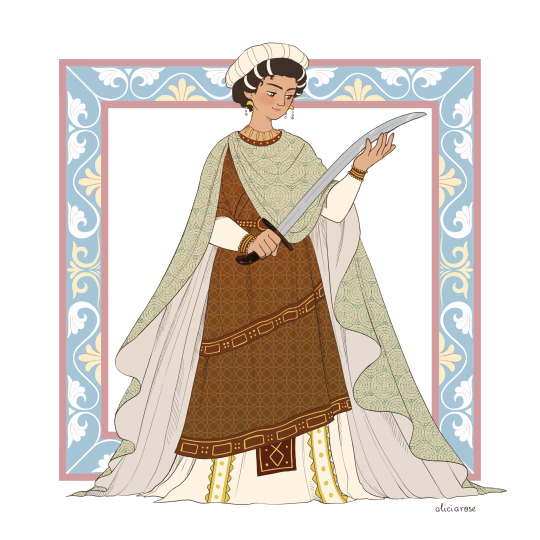
Maidens with Swords - Byzantine Empire
435 notes
·
View notes
Text
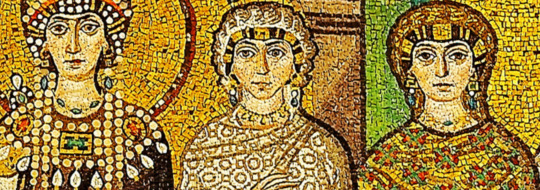
Antonina: a powerful woman in the sixth-century Roman world
"Antonina was the most powerful uncrowned woman in the sixth-century Roman world. She deposed Pope Silverius, arranged for the sacking of John the Cappadocian, traveled across the Mediterranean with her husband, and even occasionally inserted herself into the running of his army. She knew soldiers, officers, the emperor, popes, bishops, and historians, and at various times commanded them, pleaded with them, and intimidated them. This is a remarkable resume, virtually unparalleled among Roman military wives, and certainly without parallel in the sixth century. She was a formidable woman and, like her friend and patron Theodora, one who was occasionally feared. If the reputation of Belisarius is sometimes inflated in modern evaluations, the reputation of Antonina has been chronically underappreciated. Historians have focused far too much on the Secret History story of Antonina’s affair and her supposed domination of Belisarius, and far too little on her exceptional career. She is evidence that elite women in the sixth century could take on public roles alongside their husbands."
Belisarius & Antonina: Love and war in the age of Justinian, David Alan Parnell
#antonina#leaders#powerful women#history#women in history#women's history#6th century#belisarius#byzantine empire#justinian I#empress theodora
262 notes
·
View notes
Text

The Massacre of Antioch by Gustave Doré
#gustave doré#art#antioch#first crusade#crusade#crusades#siege of antioch#history#medieval#middle ages#turkey#christians#muslims#christian#muslim#crusaders#crusader#knights#seljuk empire#byzantine empire#seljuk#byzantine
211 notes
·
View notes
Text

Maxime Delcambre - Assassin's Creed (2019)
#2019#art#illustration#gaming#Maxime Delcambre#Assassin's Creed#Revelations#Ezio#Ezio Auditore da Firenze#Altair#Altair ibn La'Ahad#Constantinople#Istanbul#Ottoman Empire#Byzantium#Byzantine Empire
653 notes
·
View notes
Text
When the Varangians honoured the woman who killed her near-rapist
The Varangian Guard (Greek: Τάγμα τῶν Βαράγγων, Tághma tōn Varángōn) was an elite unit of the Byzantine Army from the tenth to the fourteenth century who served as personal bodyguards to the Byzantine emperors. The Varangian Guard was known for being primarily composed of recruits from northern Europe, including mainly Norsemen from Scandinavia but also Anglo-Saxons from England. The recruitment of distant foreigners from outside Byzantium to serve as the emperor's personal guard was pursued as a deliberate policy, as they lacked local political loyalties and could be counted upon to suppress revolts by disloyal Byzantine factions.
The Byzantines had mixed feelings about them, on one hand considering them barbarians and brutes with too much love for alcohol, on the other hand admitting their fierce loyalty to the emperor and their military prowress. They never fled a battle and they would fight to their death. They were also considered fair traders in their transactions between the Byzantine Empire and their northern homelands.
One incident which took place in 1034 helped soldify a positive image of the Varangians to the Byzantines' eyes, so much that the Byzantine Greek chronicler Ioannis Skylitzis, described it in his works as "αξιαφήγητον" (axiaphíyiton, worthy of mentioning / narrating).
According to Skylitzis, a group of Varangians were transferred in the Thracesian Theme (Greek: θέμα Θρᾳκησίων, thema Thrakēsiōn), a military division that at the time encompassed west Asia Minor (not Thrace). One of them once encountered a local woman in an uncrowded place. The man approached the woman suggestively but she rejected his advances. The man attempted to rape her and she seized his sword and killed him. His death was instant as she pierced him through his heart.

Art in Skylitzis' manuscript where the woman is erroneously depicted to kill the man with a spear instead of a sword.
Once the incident became known in the area, the Varangians made a gathering in which they agreed to honour the woman for killing their companion. They offered her all the valuable belongings of the killed Varangian, whom they left unburied. According to Varangian law, the rapists of married women were punished with execution, therefore the Varangians reasoned that the woman simply implemented the law by killing their companion.

The manuscripts of Skylitzis are kept in the National Library of Madrid.
Sources:
ΜΗΧΑΝΗ ΤΟΥ ΧΡΟΝΟΥ
www.in.gr
#history#byzantine empire#east roman empire#byzantine history#varangian guard#greek history#ioannis skylitzis
511 notes
·
View notes
Text

Textile fragment, 200s-400s, Byzantine Empire, Africa.
309 notes
·
View notes
Photo
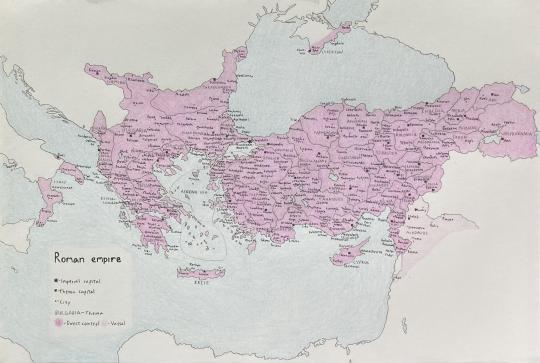
Map of Byzantine empire during mid 11th century
328 notes
·
View notes
Text

Byzantium
#illustration#artists on tumblr#my art#digital art#women artists#drawing#art#procreate art#female artists#character design#byzantine empire#eastern roman empire#historical fashion
632 notes
·
View notes
Text
The Byzantine Empire came back somehow and everyone was making memes about it.
490 notes
·
View notes
Text
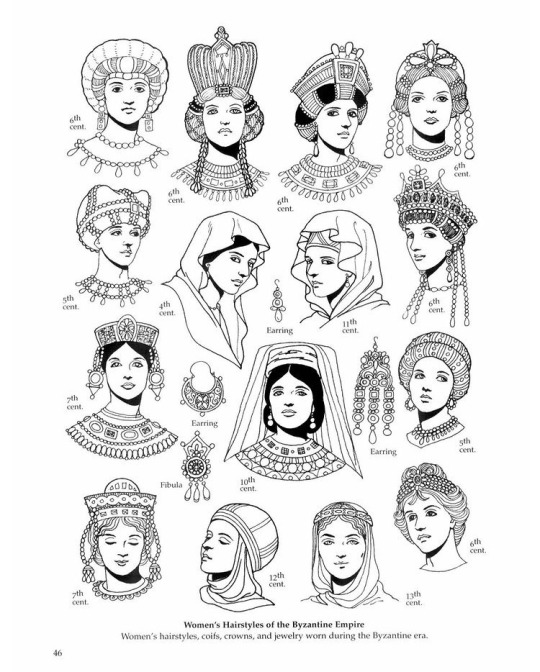
Women’s hairstyles of the Byzantine Empire.
#byzantine#byzantine art#byzantine empire#byzantine woman#byzantium#rome#roman empire#art history#byzantine era#witchy aesthetic#witchy woman#sorceress#priestess#goddess#queen adornments
705 notes
·
View notes
Text

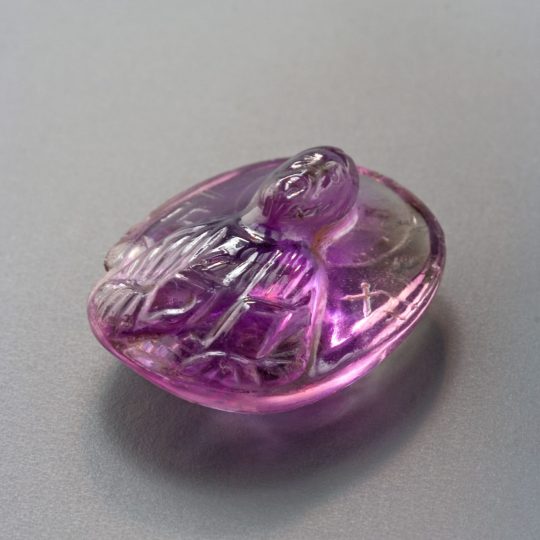
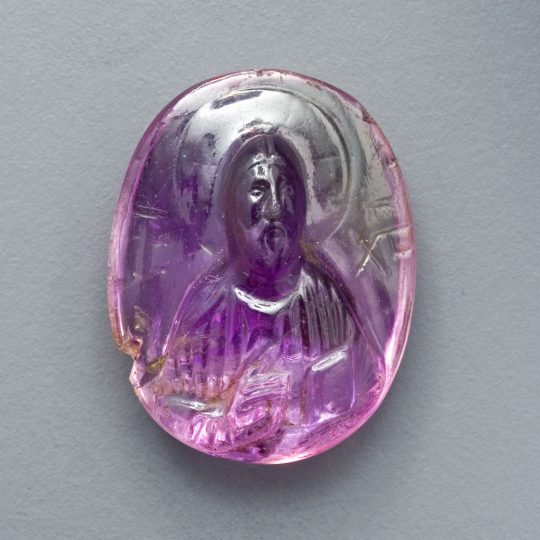
Byzantine Amethyst Cameo of Christ Pantokrator
Byzantine · 11th - 12th century A.D.
#Byzantine Amethyst Cameo of Christ Pantokrator#11th - 12th century A.D.#amethyst#ancient artifacts#archeology#archeolgst#history#history news#ancient history#ancient culture#ancient civilizations#byzantine history#byzantine empire#byzantine art
129 notes
·
View notes
Text

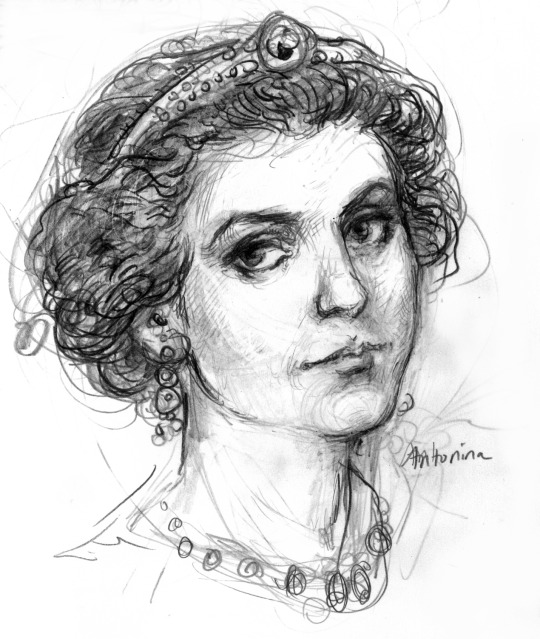
Next in my Byzantine sketch series-- the famous general Belisarius and his wife Antonina! There are fewer sources than there were for Justinian and Theodora, so I just went by the San Vitale mosaics.
#illustration#art#sketchbook#belisarius#antonina#belisarius and antonina#byzantine empire#byzantine#byzantium#sketch#drawing#ancient Rome
84 notes
·
View notes
